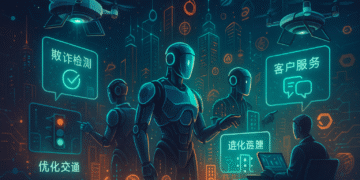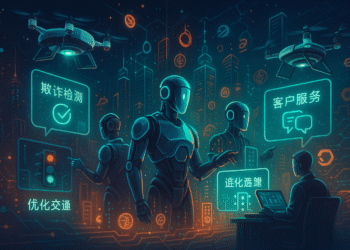A New Era in AI-Created Art
Canadian musician and artist Grimes has once again pushed creative boundaries by selling an AI-generated artwork at Christie’s first-ever auction dedicated entirely to AI-created pieces. The artwork, titled “Marie Antoinette After the Singularity,” fetched an impressive $25,200, signaling a growing market for AI-assisted creativity.
The piece was created in collaboration with her brother Mac Boucher, using artificial intelligence tools to generate a futuristic reimagining of Marie Antoinette—a symbolic nod to the convergence of historical figures and AI-driven futures.
While this sale marks a milestone in AI-generated art, it has also ignited heated debates about the ethical, artistic, and legal implications of using artificial intelligence in creative fields.
AI, Creativity, and the Controversy
Grimes has been a vocal advocate for AI’s role in art and music, previously experimenting with AI-powered vocal tools and decentralized creative collaborations. However, this latest venture has sparked criticism from human artists who argue that AI-generated works threaten traditional artistic integrity.
Critics raise the following concerns:
🔹 Human vs. Machine Creativity – Can AI-generated work truly be considered “art” if it lacks human intent and emotion?
🔹 Copyright Issues – Many artists worry that AI models are trained on their work without consent or compensation.
🔹 Market Disruption – As AI-generated pieces sell for thousands, does this devalue traditional artwork created by human hands?
Despite these concerns, AI-driven creativity is becoming more accepted in the mainstream art world, with major auction houses like Christie’s and Sotheby’s recognizing the financial potential of machine-assisted artistry.
The Rise of AI in Art Auctions
Grimes’ auction sale is part of a broader trend of AI-generated artwork gaining legitimacy in high-profile settings. Christie’s first AI-only auction underscores the growing demand for digital and AI-assisted artworks.
Some key milestones in the AI art market include:
🎨 2018 – AI-generated painting “Portrait of Edmond de Belamy” sold for $432,500 at Christie’s.
🎨 2022 – Artist Jason Allen won a digital art competition using an AI-generated image created with Midjourney, sparking debates about AI’s place in creative competitions.
🎨 2025 – Grimes’ Marie Antoinette After the Singularity sells at Christie’s AI auction for $25,200, further fueling the discussion on AI’s role in fine arts.
With NFTs, AI-assisted design tools, and generative art models becoming more sophisticated, the lines between human and AI creativity continue to blur.
The Future of AI-Generated Art
As AI continues to evolve, the art world faces a paradigm shift:
💡 Will AI become an essential tool for artists, or will it replace them?
💡 Should AI-generated art be classified and sold differently from human-created works?
💡 How can legal frameworks adapt to protect human artists from AI-driven copyright infringement?
Grimes’ latest auctioned piece is more than just a digital tapestry—it is a conversation starter about the role of AI in the future of creativity. While some see it as an exciting frontier, others fear it could undermine human originality and artistic labor.
As AI-powered creativity grows, one thing is certain: the debate over art, authorship, and artificial intelligence is only just beginning.
🔹 What do you think? Should AI-generated artworks be treated the same as human-created pieces? Let us know in the comments below!
📰 For more AI news and insights, stay tuned to AI-Times.info.















